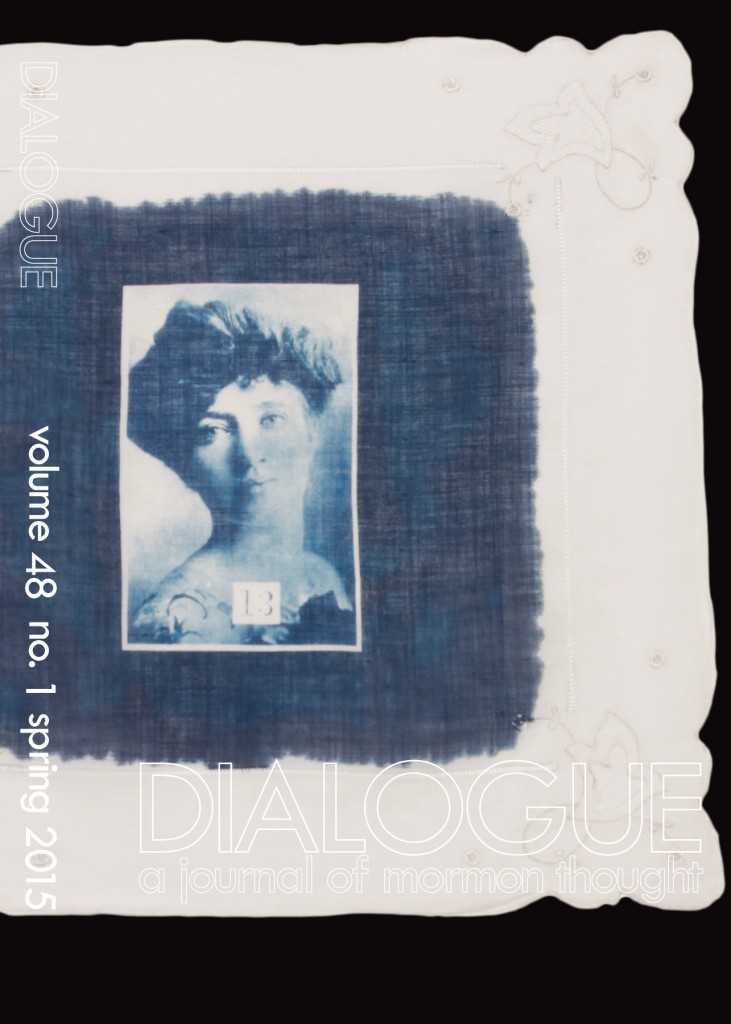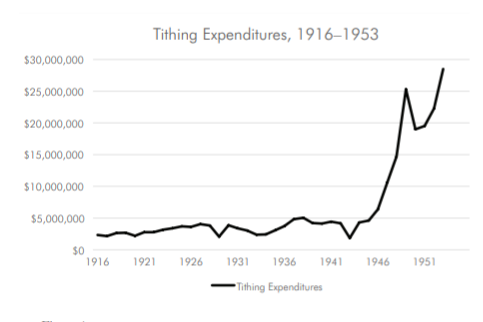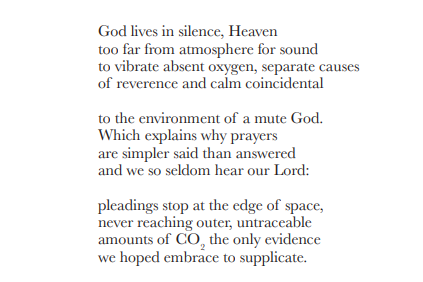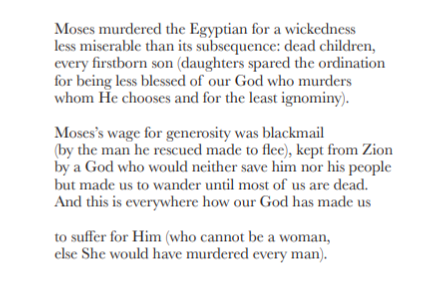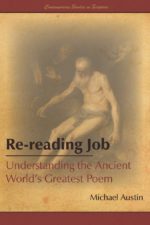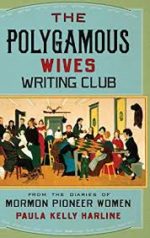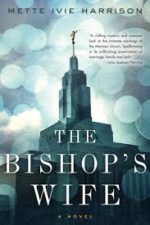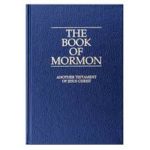The Present, Past, and Future of LDS Financial Transparency
Samuel D. BrunsonEvery April in the Saturday afternoon session of its semi-annual General Conference, the managing director of the Auditing Department of the Church of Jesus Christ of Latter-day Saints (LDS Church) reads his department’s report for the prior year. The annual report invariably concludes that “in all material respects, contributions received, expenditures made, and assets of the Church . . . have been recorded and administered in accordance with appropriate accounting practices, approved budgets, and Church policies and procedures.” Presenting the Church Auditing Department’s reports at General Conference dates back at least to 1906. And today, this annual report provides the sole window into the global finances of the LDS Church.
Read more





